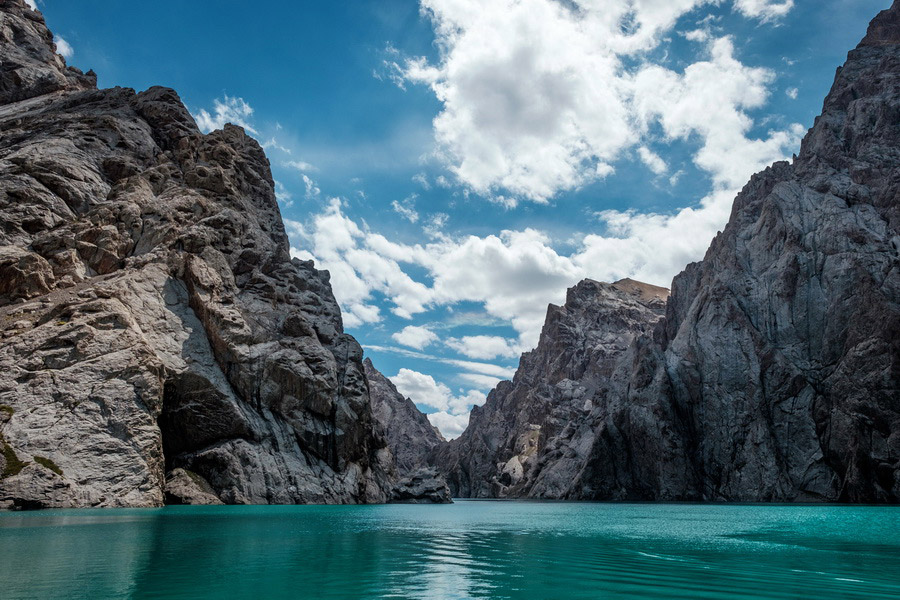Kyrgyzstan's attractions beautifully blend cultural heritage with stunning scenery. From the Burana Tower against the backdrop of the Tien Shan Mountains, to the Cholpon-Ata petroglyphs on the shores of Lake Issyk-Kul, to the Dungan Mosque and Orthodox Church in Karakol - the heart of ski tourism - each attraction reveals a new layer of the country's rich history and natural beauty.
We've selected the 10 best places to visit in Kyrgyzstan, offering a glimpse into the soul of the country and its unforgettable atmosphere.
Burana Tower
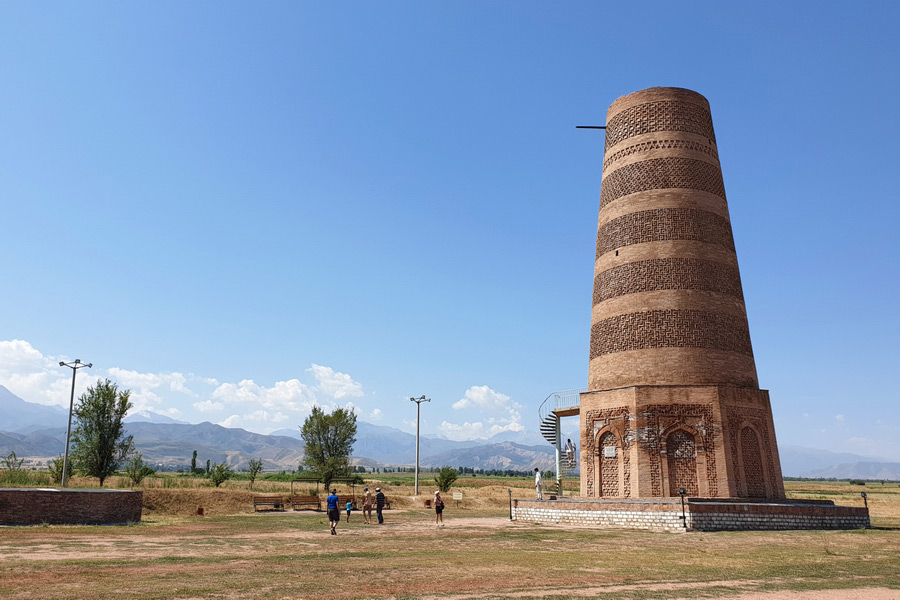
The Burana Tower is one of the few remaining historical attractions in Kyrgyzstan. Once a minaret and guiding landmark for caravans along the Silk Road, the tower stands on the site of the ancient city of Balasagun, which flourished until the 14th century.
At the foot of the tower, visitors can explore stone sculptures known as 'balbals' and ancient artefacts, some dating back to the 2nd century, confirming the presence of an early settlement. Located 80 kilometres east of Bishkek, Burana Tower is an important stop on many cultural tours and one of the most interesting places to visit in Kyrgyzstan.
Ala-Archa National Park
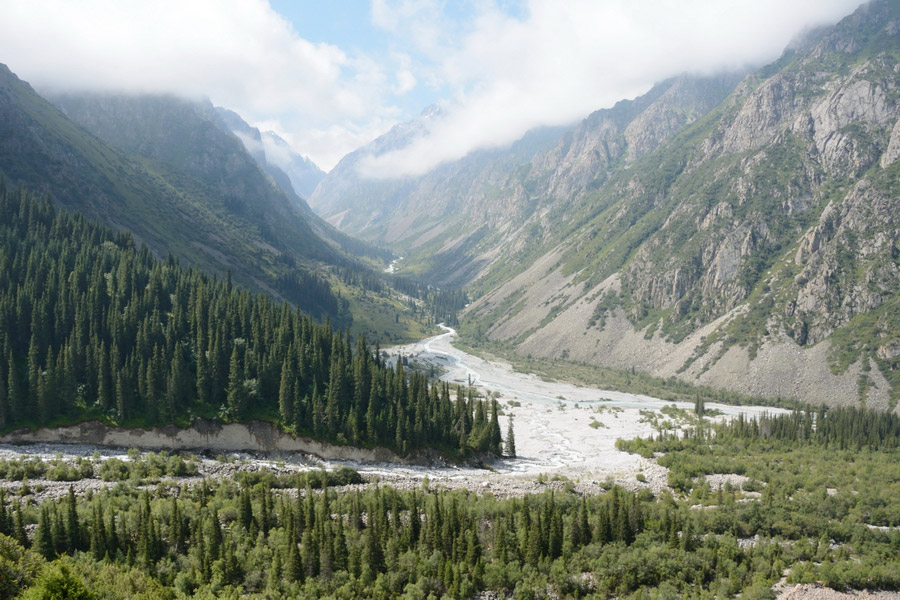
Ala-Archa National Park is Kyrgyzstan's most accessible natural attraction, located just 40 kilometres south of Bishkek. Nestled in the scenic Ala-Archa Gorge, the park offers a variety of trekking and climbing routes to the surrounding peaks.
Popular routes include the hike to the Ak-Sai Waterfall (2,900m), while notable mountains in the area are Semenov-Tyan-Shansky Peak (4,875m) and Korona Peak (4,860m). Ala Archa is a perfect place to visit for nature lovers and adventurers who want to experience Kyrgyzstan's breathtaking landscapes right after arriving in the country.
Petroglyphs of Cholpon-Ata
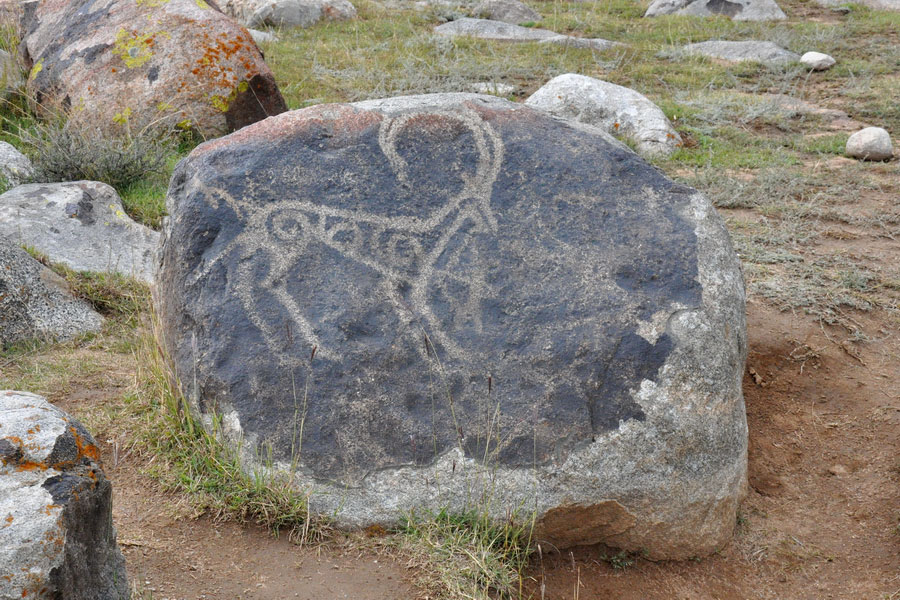
One of Kyrgyzstan's oldest attractions, the Cholpon-Ata petroglyphs are located on the north-western outskirts of Cholpon-Ata. This vast stone field, known as the "Stone Garden", features petroglyphs dating back over 4,000 years, with the most recent carvings dating from the 4th century AD.
The stones depict scenes of leopards, mountain goats, and ancient hunting rituals, offering a glimpse into the life of early civilisations. Cholpon-Ata is one of the most fascinating places to visit for history enthusiasts, and exploring the petroglyphs with a knowledgeable guide enriches the experience, allowing you to fully appreciate the stories and meanings etched into the stones by past generations.
Dungan Mosque and Holy Trinity Russian Orthodox Cathederal, Karakol
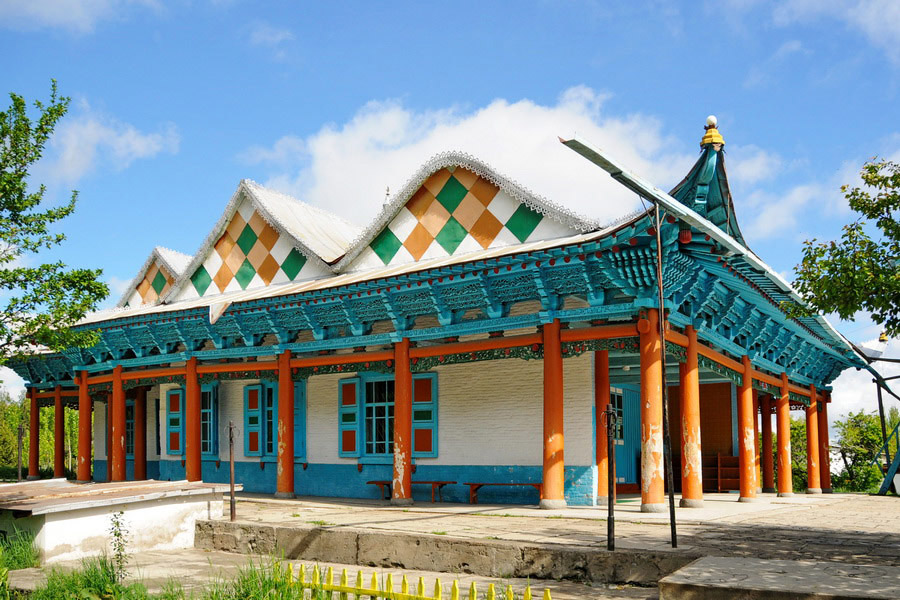
Karakol is home to two remarkable religious landmarks that highlight Kyrgyzstan's cultural diversity. The Dungan Mosque, built in 1910 by the local Dungan community, is notable for its vibrant, intricate design and impressive construction - built without a single nail.
Just 1km to the south is the Holy Trinity Cathedral, a Russian Orthodox church completed in 1895. Like the mosque, the cathedral is made entirely of wood, reflecting the craftsmanship of the time.
Both sites are not only popular places to visit in Kyrgyzstan, but also symbols of religious harmony and tolerance in the region.
Tash-Rabat Caravanserai
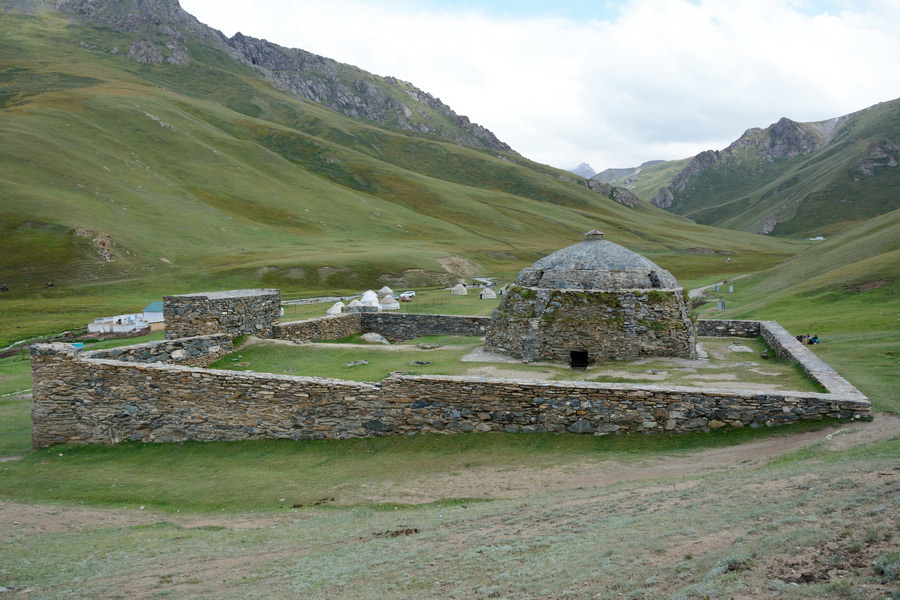
The Tash-Rabat Caravanserai is one of the highest-lying monuments of the Great Silk Road in Central Asia. Although its exact origins remain unclear, it is believed that the site existed as early as the 10th century, with the current structure dating from the 15th century. However, for unknown reasons, construction was never fully completed.
This historic attraction in Kyrgyzstan is located in a remote mountainous area, about 90 kilometres from the Chinese border. Due to its isolated location, Tash-Rabat is usually included in extended tours of the country, offering visitors a glimpse into the rich history of Silk Road trade and travel. Despite its remoteness, Tash-Rabat is truly worth including in the list of the top 10 places to visit in Kyrgyzstan.
Mount Sulaiman-Too, Osh
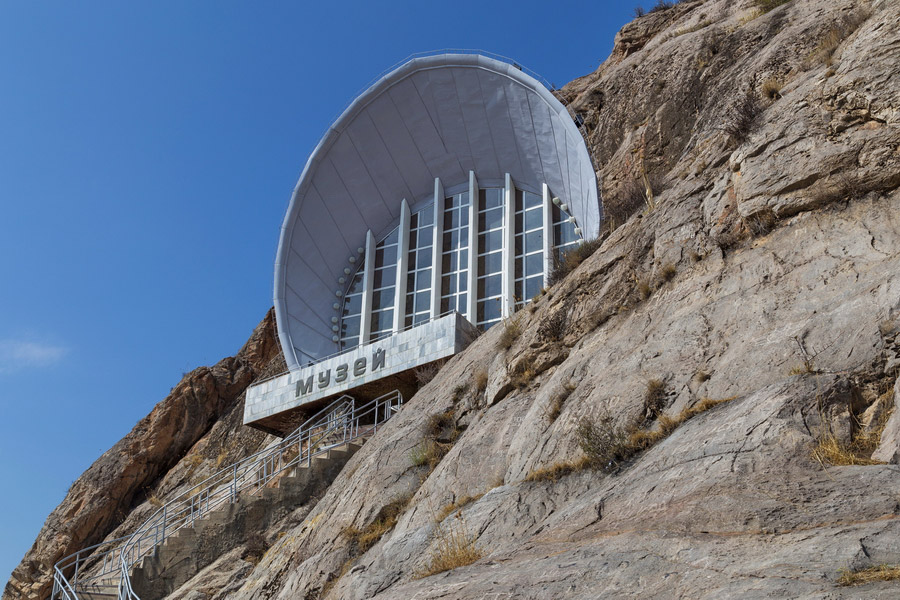
Sulaiman-Too, which means 'Mount Solomon' in Kyrgyz, is a sacred site in the heart of Osh and is one of the best places to visit in Kyrgyzstan. The mountain is home to seven caves, each revered for its spiritual significance. Visitors will find mosques at both the top and base of the mountain, adding to the cultural and religious importance of the area.
One of the caves houses a historical and ethnographic museum, showcasing exhibits on the medieval and ancient history of Osh. In 2009, Mount Suleiman-Too was recognized as a UNESCO World Heritage Site, reinforcing its reputation as one of the most significant attractions in Kyrgyzstan.
Altyn Arashan Gorge
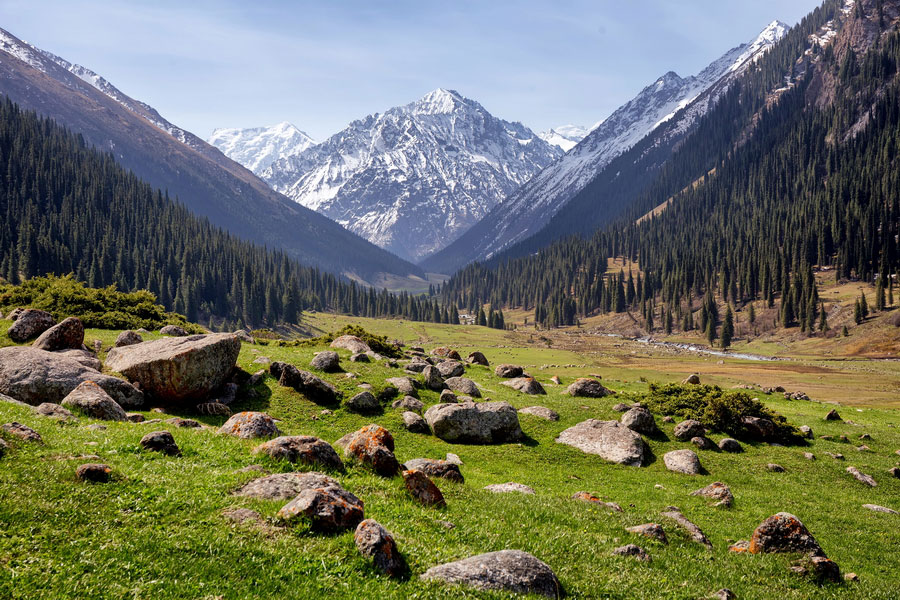
Altyn Arashan, which means 'Golden Spring,' is one of the most picturesque gorges in Kyrgyzstan and a highlight among Kyrgyzstan's places to visit. Located 25 kilometers southeast of Karakol, the gorge is renowned for its hot springs nestled among dense coniferous forests.
Rich in radon and hydrogen sulfide, the springs are known for their healing properties, with water temperatures ranging from 35 to 41°C. This stunning natural retreat, perched at an altitude of over 2,600 meters, stands out as a breathtaking destination for nature lovers and adventure seekers exploring Kyrgyzstan attractions.
Jeti-Oguz Gorge
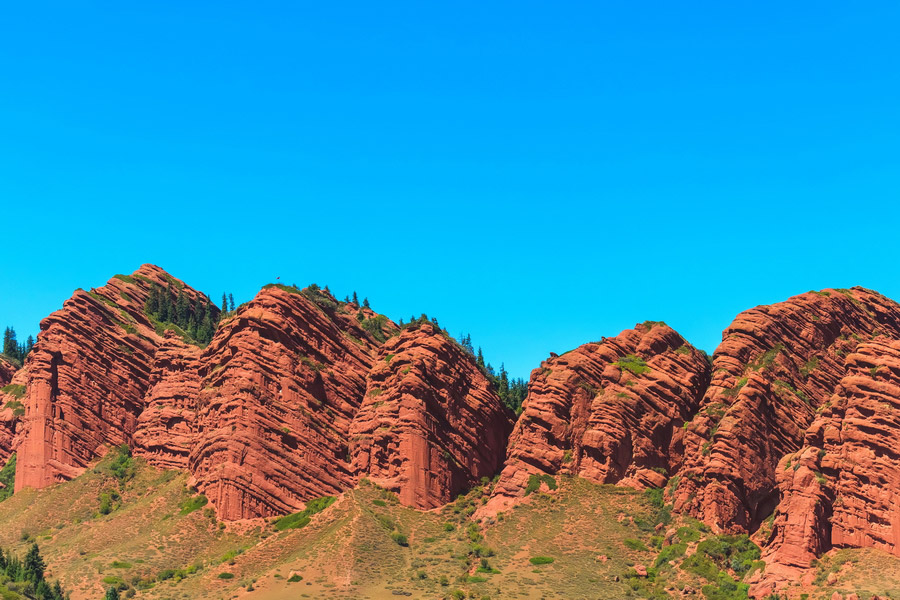
Jeti-Oguz is one of Kyrgyzstan's most iconic natural attractions and a symbol of the country's striking landscapes. Located 30km south-west of Karakol, this vibrant gorge is famous for its red rock formations. The name Jeti-Oguz, which means "Seven Bulls" in Kyrgyz, refers to the seven towering rocks that stand in a row.
The area is also home to the Broken Heart Rock, as well as resorts and yurt camps that welcome visitors. Several popular mountain trails wind through Jeti-Oguz, offering breathtaking views and making it one of the best places to visit for nature lovers and adventurers eager to explore Kyrgyzstan.
Ala-Too Square, Bishkek
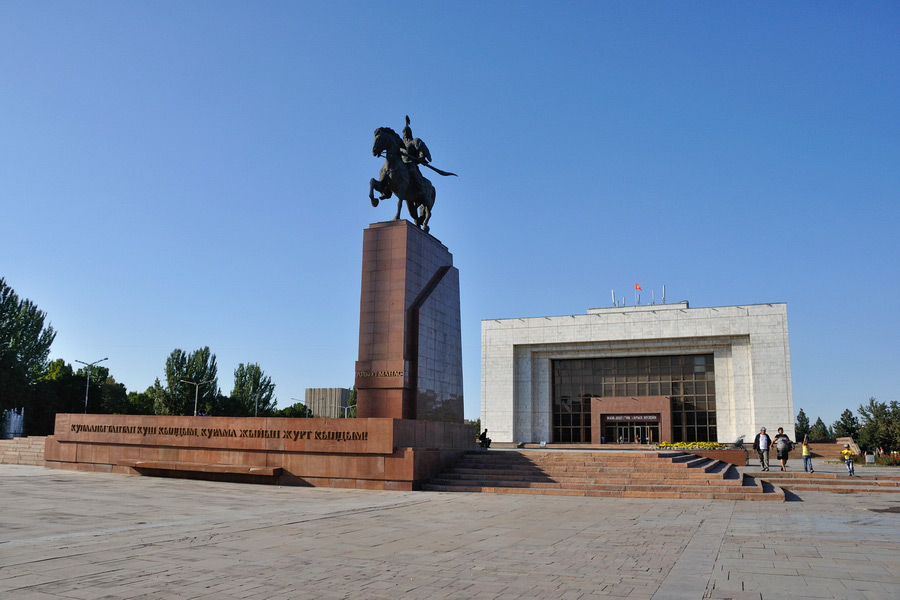
Ala-Too Square is the heart of Bishkek and one of the standout places to visit in Kyrgyzstan for exploring the country’s rich history. Located in the center of the capital, the square features the National History Museum, a 100-meter flagpole, and the monument to Manas, the legendary Kyrgyz hero.
Behind the museum stands a monument to Lenin, preserved as a reminder of the country's Soviet past. Just east of the square lies the famous Oak Park, known for its sculptures and tranquil atmosphere. As Bishkek's main landmark, Ala-Too Square holds a special place among Kyrgyzstan's places to visit, offering visitors a glimpse into the cultural and historical essence of the city.
Przhevalsky Museum
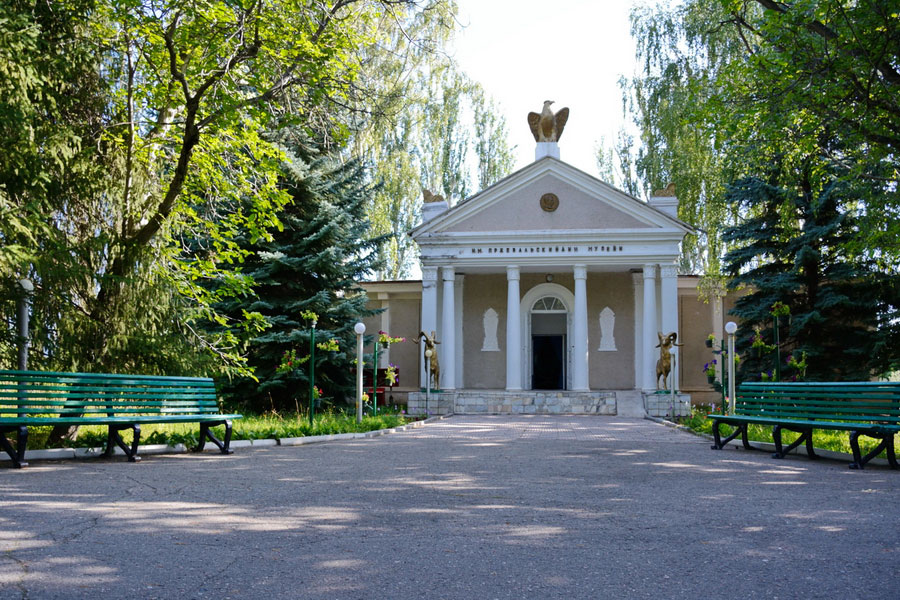
The Przhevalsky Museum honours the legacy of Nikolai Mikhailovich Przhevalsky, a renowned 19th century traveller and explorer who made significant geographical discoveries in Central Asia and Tibet. Many of his expeditions began in Kyrgyzstan, but in 1888, before embarking on another journey, Przhevalsky fell ill and died in Karakol.
A museum was established near his grave in 1957, with exhibits on the nature and geography of the region, as well as photographs and documents detailing his explorations. One of the best places to visit in Karakol, the Przhevalsky Museum offers visitors a glimpse into the rich history of Central Asian exploration and stands as a tribute to one of the most influential explorers of his time.
More Things to See in Kyrgyzstan
To add some breathtaking scenery to your Kyrgyzstan trip, be sure to include the country's most stunning places to visit for nature lovers in your itinerary.
Lake Son-Kul sits at an altitude of 3,016 metres in central Kyrgyzstan, surrounded by endless pastures. Along its shores, several yurt camps welcome visitors, while horses graze in the meadows and migratory birds gather on the water, creating a peaceful and picturesque atmosphere.
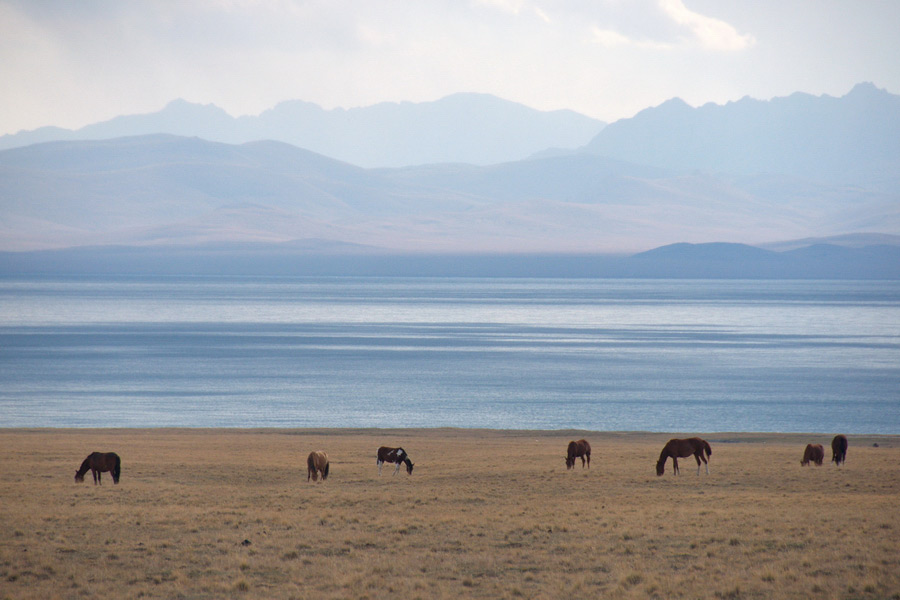
Kel-Suu lake lies at an altitude of 3,500 metres in a narrow rocky gorge about 100 km from Naryn. Remote and striking, the lake offers unforgettable views and a boat trip through the gorge is a highlight that leaves lasting impressions.
In western Kyrgyzstan, lake Sary-Chelek lies at a lower altitude of 1,875 metres. Known for its crystal clear waters, the lake is surrounded by mountains rich in flora and fauna, making it a tranquil and scenic destination for nature lovers.
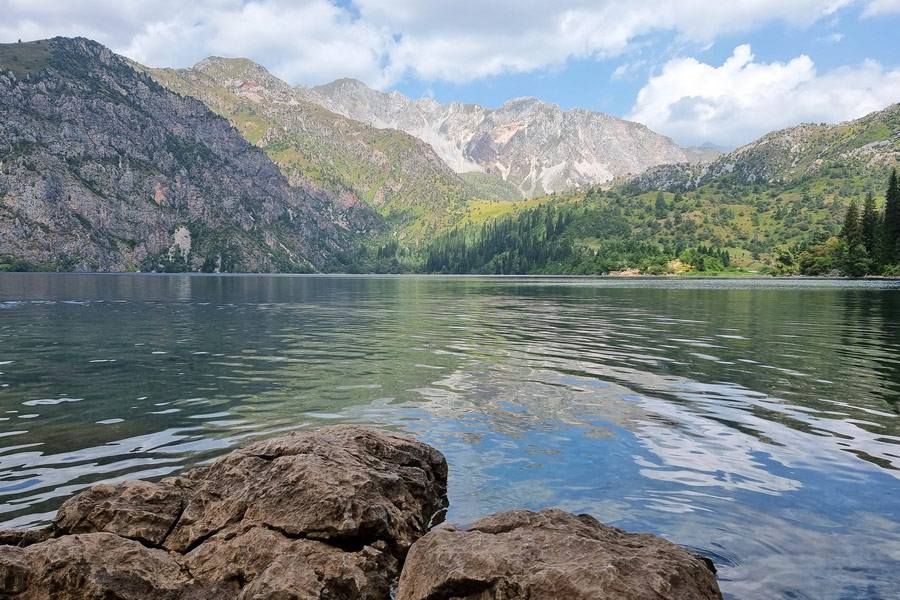
These lakes reflect the diverse landscapes of Kyrgyzstan and provide unforgettable moments for travellers seeking natural beauty. Together with its mountains, valleys, and cultural landmarks, they highlight some of the most interesting places to visit in Kyrgyzstan, offering experiences that will stay with you long after your journey ends.


